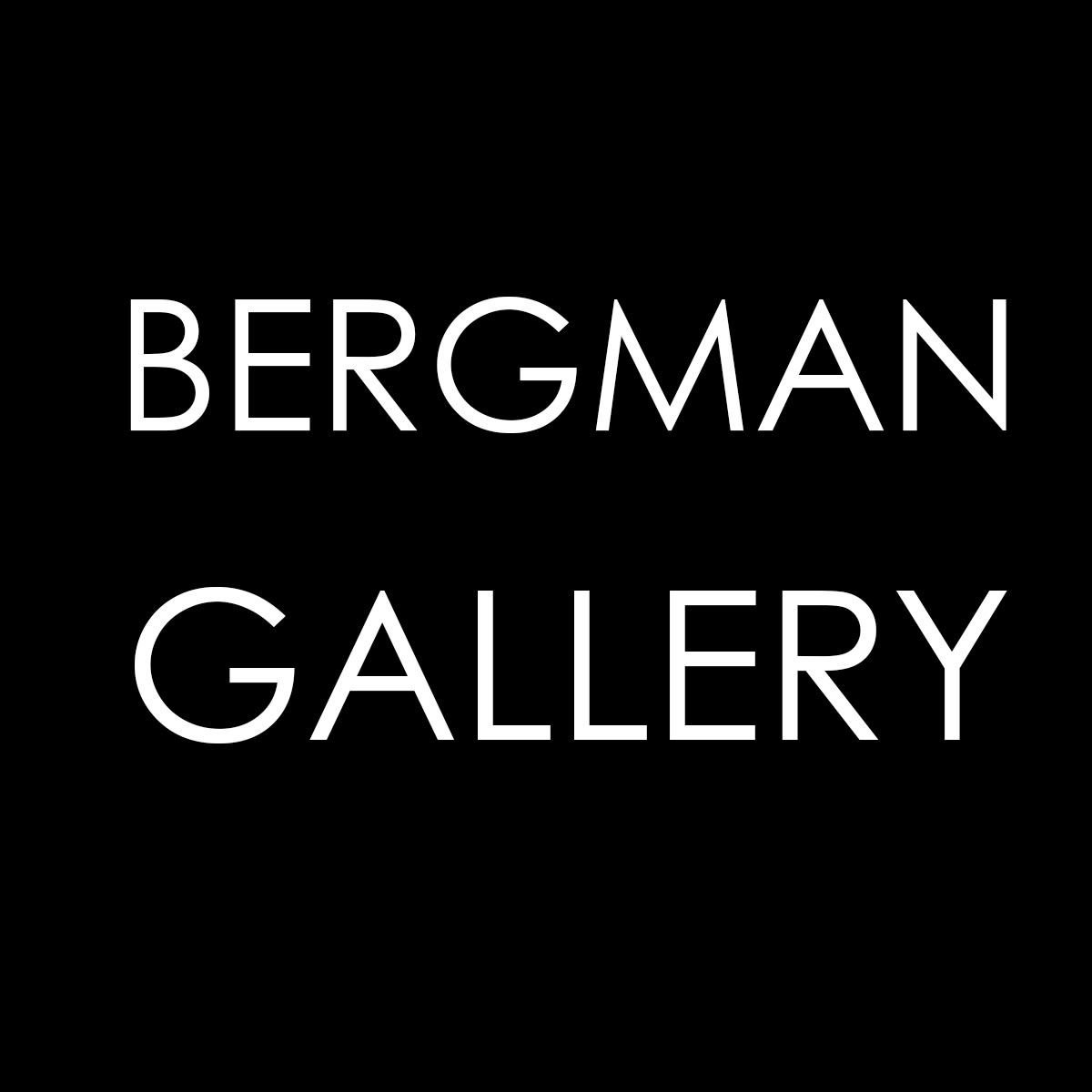Billy Apple (then known as Barrie Bates) studied at the Royal College of Art between 1959 and 1962, exhibiting alongside fellow artists such as David Hockney, Derek Boshier and Pauline Boty in the annual Young Contemporaries exhibitions.
In 1962 after graduating, he notoriously changed his name and altered his appearance becoming ‘Billy Apple’ in a self-conscious art action that doubled as a canny exercise in re-branding. In 1964 he moved to New York, working with Andy Warhol in the pivotal exhibition The American Supermarket including Roy Lichtenstein, Tom Wesselmann and Jasper Johns. In 1969, the artist opened Apple at 161 West 23rd Street, one of the six not-for-profit spaces that established New York’s Conceptual Art movement.
Exploring new consumer technologies, he was a pioneer in using the Xerox machine and Neon signage. During the 1980s, Apple's practice focused on the economics of the art world. In 1983 he produced a solid gold apple for the former Auckland Coin & Bullion Exchange Director – a significant precursor to Damien Hirst's 2007 diamond skull For the Love of God. By 2007 Billy Apple® was a registered brand.
In 1974, Apple's first major survey exhibition was held at the Serpentine Gallery in London: From Barrie Bates to Billy Apple® (temporarily shut down due to complaints of indecency). Recent exhibitions include the Walker Art Center, Minneapolis, International Pop, touring to Dallas Museum of Art and the Philadelphia Museum of Art, 2015-2016, and a retrospective at the Auckland Art Gallery, Billy Apple®, The Artist has to live like everybody else, 2015.
Biography courtesy Mayor Gallery.

